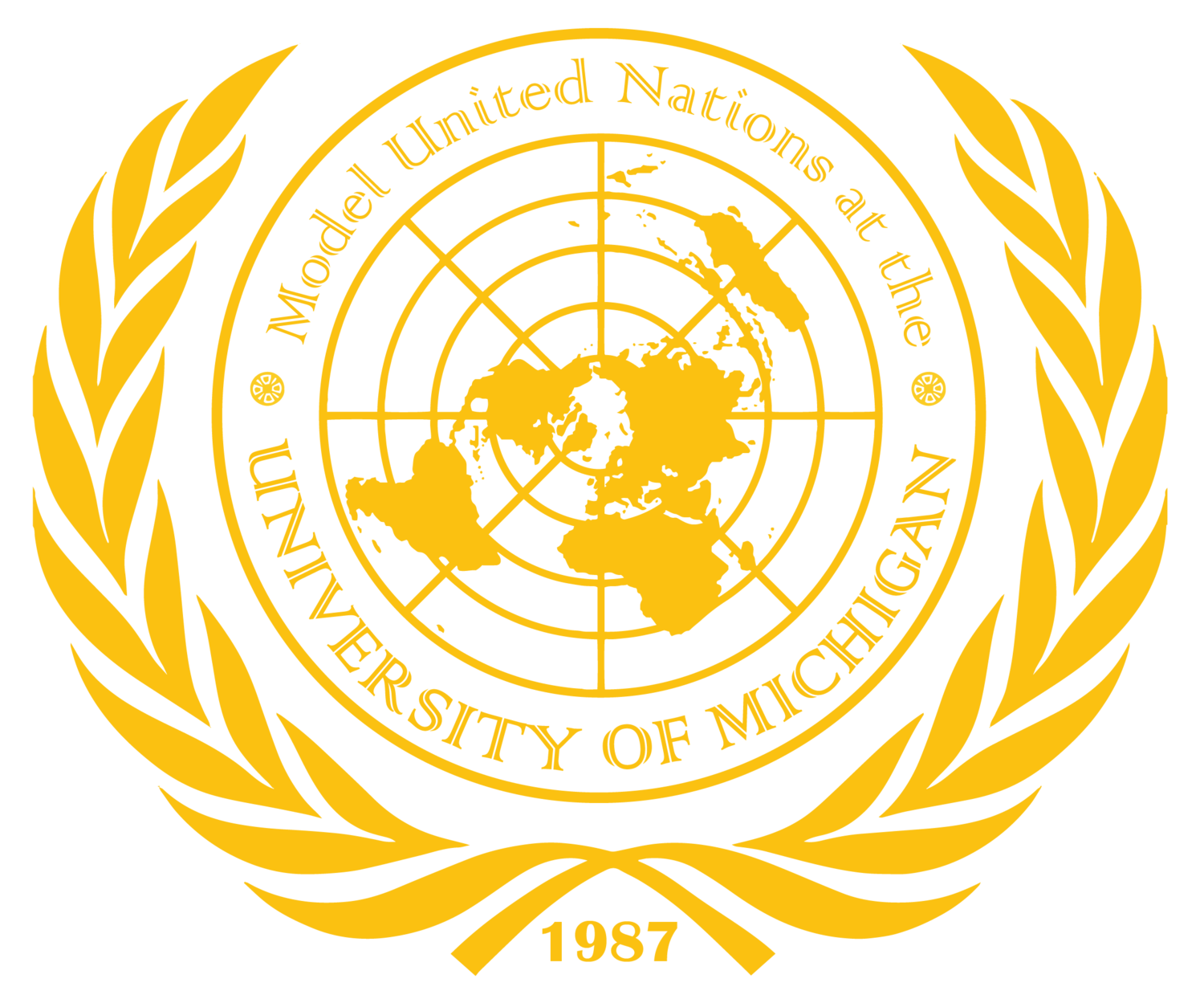By Edison Park
Protesters in Tokyo today left the Japanese Reconstruction agency paralyzed. The protestors demanded better transparency from the government, and have shown dissatisfaction with the directives that have been passed, namely the Evacuation 101 & Nuclear Stabilization Directive and the Rescue, Evacuation, and Supply 2.0 Directive. In response to this, new directives have been proposed.
Directive 3.0 was presented at approximately 4:10 PM, and was sponsored by Shingo Ura, Yuichiro Hata, Renho Saito, and Shigeru Sugawara. The first clause of the directive immediately raised controversy, as it demands “conducting scheduled blackouts in low-demand hours” and “restricting energy usage during daylight hours.” These are actions to be taken in order to alleviate the power outages throughout the nation. Confusion arose within the committee; Mayor Masanori Yamamoto questioned, “How does making more people suffer help those who are already suffering?” He adds, “If the power lines are destroyed, then causing blackouts just causes more suffering and confusion.” The protestors’ demands were met later in the directive through a proposal of Quasi Autonomous Non-Governmental Organizations publish detailed reports of government actions and also calls for a media team to be created for greater transparency. These clauses have not been problematic.
Another directive that was presented was the Medicine Distribution and Communications Restoration Directive, sponsored by Osamu Fujimura, Sakiko Fukuda-Parr, and Masanori Yamamoto. This directive focused on the distribution of information and medicine to the Japanese people. The first clause allocates 2 billion yen to provide radios for the purpose of communication, while also mandating a press conference every hour and looking to reconstruct cell phone towers. However, this idea of reconstruction of cell phone towers raised questions within the agency, as many delegates felt the need to look for more instant action, rather than committing to the reconstruction at the current moment. The second clause allocates 200 billion yen to provide anti-radiation medicine to the people. Some delegates also found this clause to not be an immediate solution to the problems at hand; Representative Tatsuo Hirano explicitly asked, “How is this plan an immediate solution?” Economist Sakiko Fukuda-Parr responded by stating that even a plan that takes months is still an immediate solution.
The final directive presented during this committee session was the Prioritizing the People Directive, which focused on restoring stability, reinforcing communication, and providing resources. The first clause of this directive focused on establishing a strong communication system, suggesting that a stronger weather system prediction be made, more public newspapers be published, and that hospital resources be used efficiently by relocating medical professionals to danger hotspots. This clause was disputed, again, due to the necessity of urgent action; delegates such as Fukuda-Parr felt that establishing a stronger weather prediction would take too long to be effective in resolving the current crisis. The other clauses urged relocations to the more established cities of Aizuwakamatsu and Iwaki, as well as supplying more care packages for the victims and developing radiation testing for residents.
The committee has suspended debate, and will vote on these directives today. The people of Japan await their decisions.
